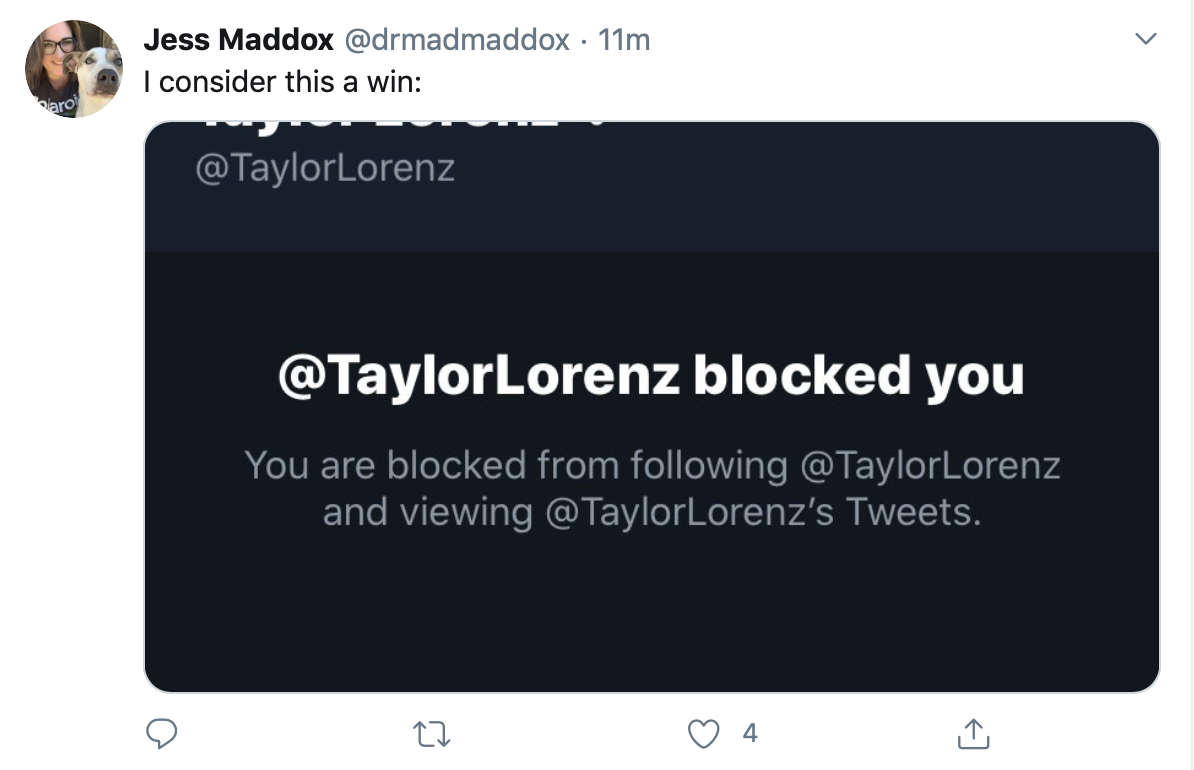For some students, academics plus pandemic equaled problematic
/I turned in final grades yesterday, heartened by all the outstanding performances but also alarmed by the number of D’s and F’s. It’s still a very low number (out of 250), but relatively, I don’t recall a semester that’s been this high.
I blame COVID, and the educational changes it required.
I don’t think remote education is as effective as in-person education. And many professors don’t do remote as capably as face to face. But skills and comprehension weren’t the reasons for many of the D’s and F’s. The problem was too many assignments that students just didn’t do. I’ve heard that from other professors as well.
Understanding the difficult circumstances of learning remotely and coping with a pandemic, some professors – and I suspect many – granted accommodations related to attendance and deadlines. But there’s no such accommodation as “It’s OK, you don’t have to do the work.”
Some students couldn’t find the motivation. I see reasons, none of which is laziness:
Some students need the motivation that comes from seeing classmates do work and the affirming conversations between students that help everyone get through it. The isolation of remote education in a pandemic took much of that away.
COVID necessarily reduced diversions such as social activities and attending athletic events. Fewer respites and more stress, whether academic or personal, are a bad combination.
UA and other universities acted wisely to cancel spring break week to avoid more COVID spread, but gosh, students sure needed it. UA did add a mid-semester “wellness day” of no classes, but several students reported that some professors didn’t adjust their assignments enough to allow students to actually skip a day. If there’s ever a next time, UA needs to build a temporary wall around the campus, plop a gigantic inflatable pool and a bunch of sand in the middle of The Quad, and declare spring break.
According to one national survey, 85% of all students, not just those with low grades, reported negative effects on academic performance in fall 2020, the first full semester affected by COVID. No doubt spring 2021 will show the same. Fall was worse for students actually getting the virus. But spring was worse because it’s harder to grind it out for eight months than for four.
Faculty are discussing the possible need to build more review material into 2021-22 courses to compensate for material missed or unabsorbed in prerequisite courses from this COVID-ravaged school year. Meanwhile, despite their effort and various forms of help available, students with D’s and F’s will have to repeat a course. Presumably they’ll do it in a normal classroom during a normal semester. That may make all the difference.














